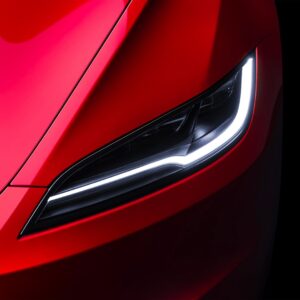When the Raspberry Pi Zero was released in November 2015 no one could quite believe both how cheap it was nor how small it was. Available to buy for only $5 (£4), it came as a 65mm x 30mm x 5mm package that had a Broadcom BCM2835 processor, 512MB RAM, HDMI connector, SD card slot, two micro USB ports and a pinout the same as the Raspberry Pi 2. Although now double the price at $10, this new model does much more.
The Pi Zero had a lack of networking capabilities but the Pi Zero W fixes that with its 802.11n Wi-Fi and Bluetooth 4 that prepare it for full connectivity to a number of external devices without the need to add any wireless access points. Raspberry Pi’s founder, Eben Upton, said “This is an evolution of the low cost device and adds wireless through Wi-Fi and Bluetooth. It’s the main thing people have been asking of us and the main thing people thought was missing from Zero.”
This new micro computer is launched five years after the first Raspberry Pi and since then the foundation that create’s the devices have sold more than 12 million of them. Upton said that this most recent release will be the last major product to be unveiled in 2017, but highlights how far the Pi has come since 2012, particularly in terms of cost, “The Raspberry Pi Zero represented a fivefold reduction in cost over the original Model A: it was cheap enough that we could even stick it on the front cover of The MagPi, risking civil insurrection in newsagents throughout the land. Over the ensuing fifteen months, Zero grew a camera connector and found its way into everything from miniature arcade cabinets to electric skateboards [but] users often end up adding a USB hub to allow them to connect a keyboard, a mouse and a network adapter, and this hub can easily cost more than the Zero itself. Zero W fixes this problem by integrating more functionality into the core product.” As well as the device, the foundation are also releasing a case (as seen in the video above) that will fully protect the Pi Zero W (or the previous Pi zero) but allow users to remove interchangeable lids for easier access to the GPIO or camera module.
As with all Raspberry Pi models, users will need additional devices such as a power supply, keyboard, screen and mouse in order to use it, but with the ability to connect to Internet of Things applications at the cost of only $10 can we really complain? At the moment, it seems unlikely that the new Pi Zero W will come mounted on a magazine as the first one did, but those at the foundation have said that there is 80,000 of the new model currently available and that they are continuing to develop them at roughly 25,000 per week. If past experience tells us anything we know that there will almost certainly be a buzz around the new model so if you’re lucky enough to get your hands on one in the coming weeks you might be in the minority.
For those who wan’t to compare the full specs with previous models, here’s the full list of the technology that is packed onto a board that’s no bigger than a stick of gum:
- 1GHz, Single-core CPU
- 512MB RAM
- Mini HDMI and USB On-The-Go ports
- Micro USB power
- HAT-compatible 40-pin header
- Composite video and reset headers
- CSI camera connector
- 802.11n wireless LAN
- Bluetooth 4.0







